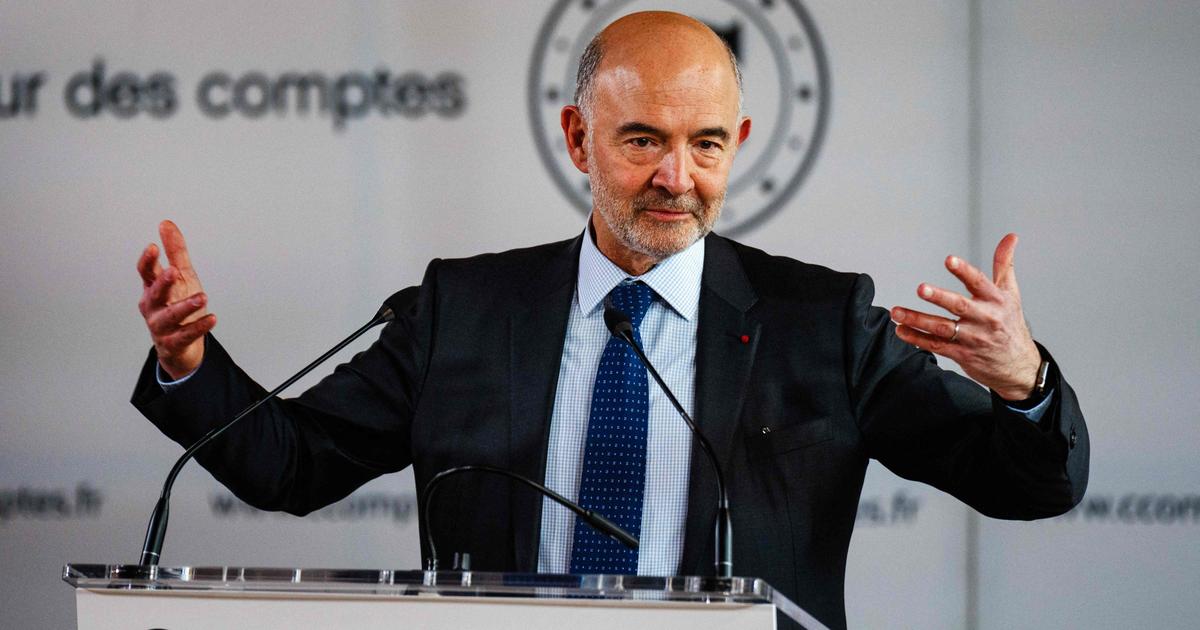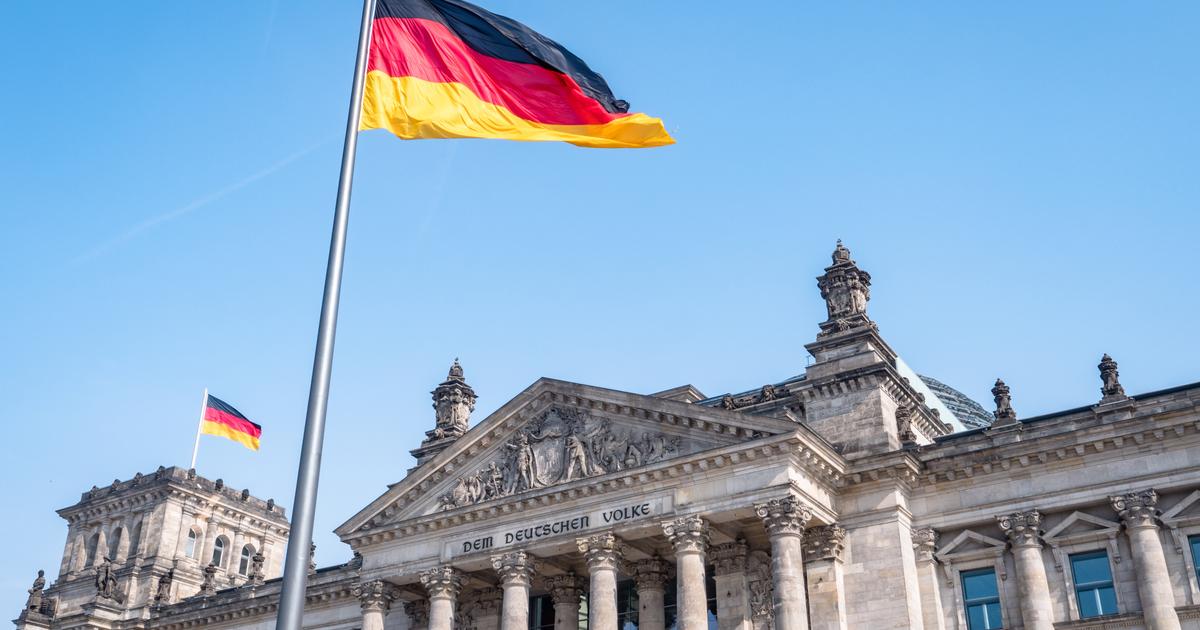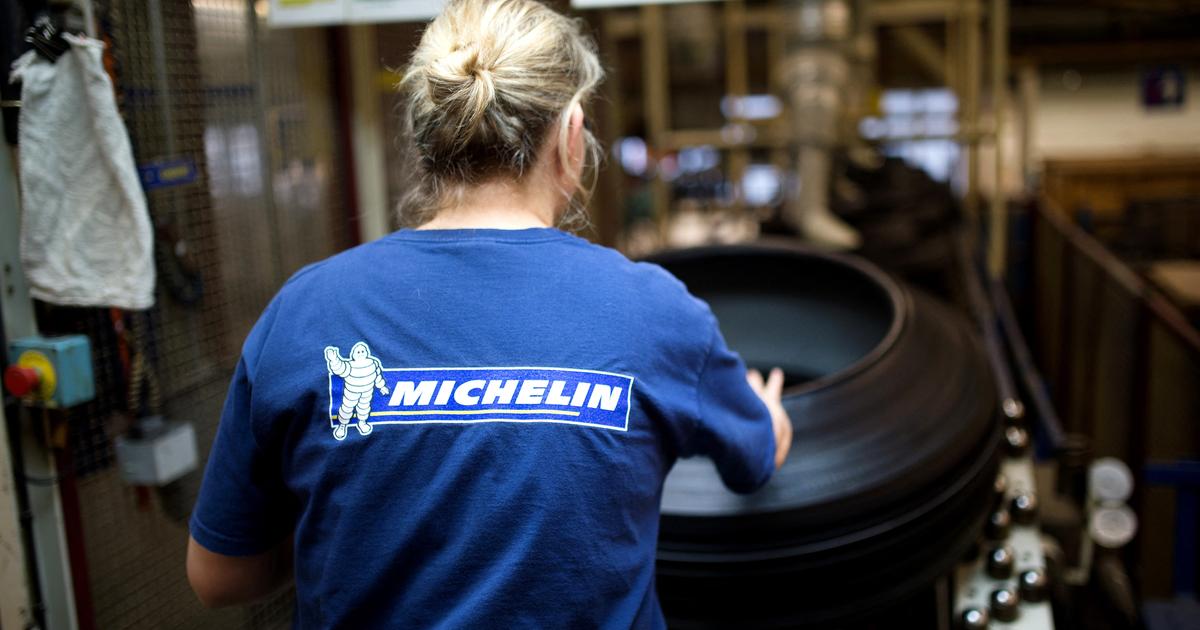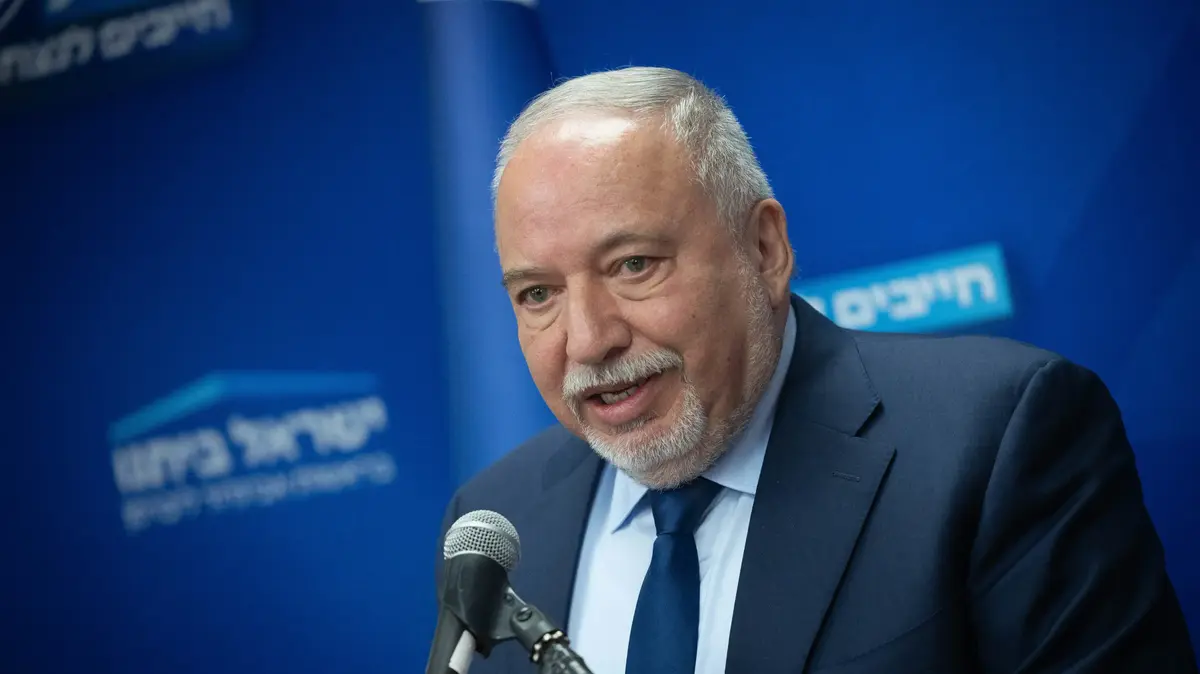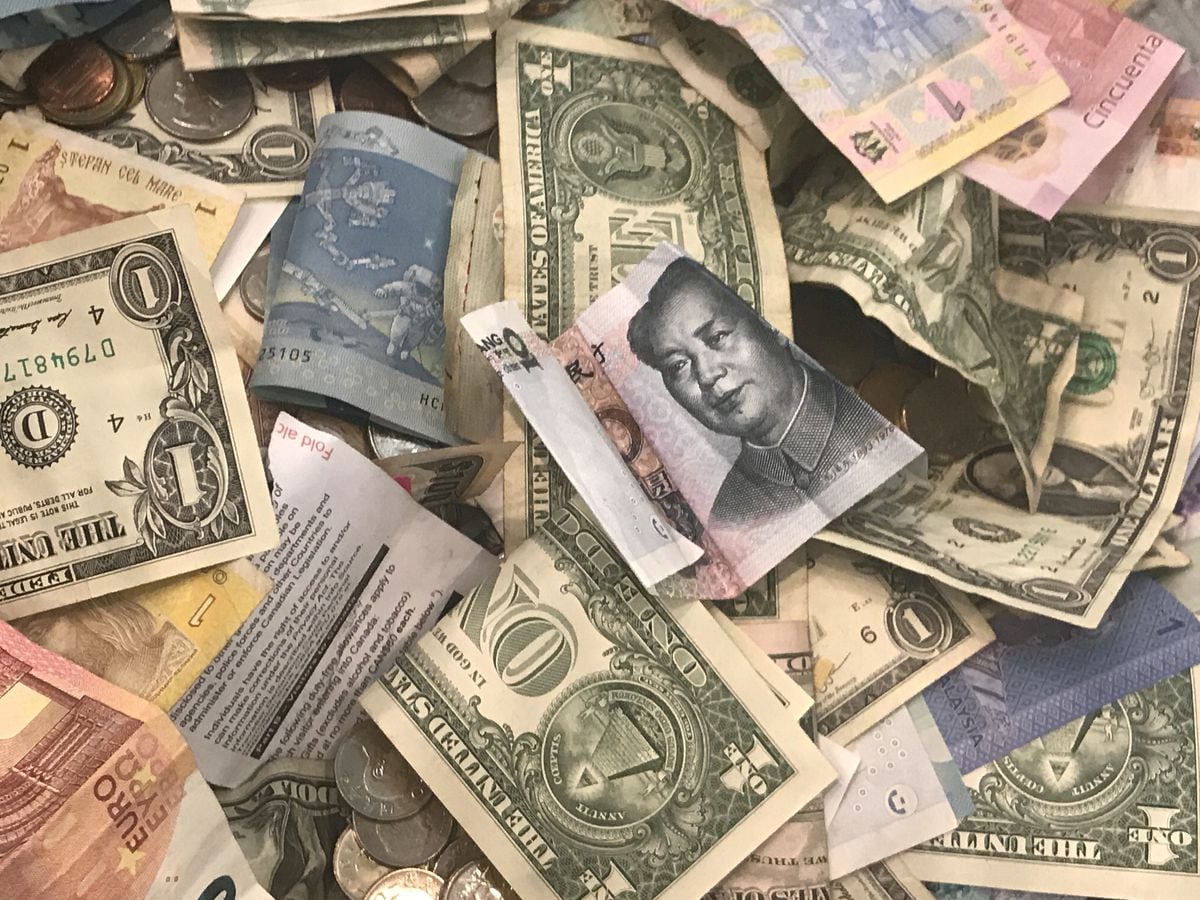Enlarge image
Heating bill: The poorest ten percent have to spend 6.7 percent of their net income on energy
Photo: Inna Talan / PantherMedia / IMAGO
With a heating subsidy for housing benefit recipients and many students and trainees, politicians want to relieve those in particular need of the sharp rise in energy prices.
However, according to the German Institute for Economic Research (DIW), these consequences of inflation and war continue to affect poorer households in particular.
The background is that low-income earners have to spend a larger proportion of their income on energy - and are therefore hit harder by the price hike, as the researchers say in a statement on their study.
At the same time, they could hardly absorb the higher prices due to a lack of savings and assets.
According to simulation calculations by the DIW, all private households in Germany will face additional energy costs of an average of 2.1 percent of their net income in the medium term.
Without state aid, it would be 3.4 percent.
"In the ten percent of households with the lowest income, the energy price increases account for as much as 6.7 percent of net income." Even with the relief, around three percent of the net burden remained.
The rich spend relatively less on energy
The war in Ukraine massively increased energy prices - and drove inflation to its highest level since the end of 1981 at 7.3 percent.
In order to relieve people in Germany, the federal government has put together two packages.
According to the DIW, the majority of this, at around 24 billion euros, goes to private households.
The measures include the abolition of the EEG surcharge for electricity, higher social benefits, lower income taxes, a flat-rate energy price, a reduction in fuel tax and a local transport ticket for nine euros.
In contrast, the richest ten percent of households only have to spend an average of two percent more on energy based on their income.
Since they also benefit from public assistance, the bottom line is only 1.3 percent, according to the DIW.
"The federal government's relief packages only help households with low incomes to a limited extent in the medium term," says DIW economist Stefan Bach.
There is therefore a need for further political action if energy prices remain high as expected.
»Future measures should be more focused on the low-income.«
Apr/Reuters






